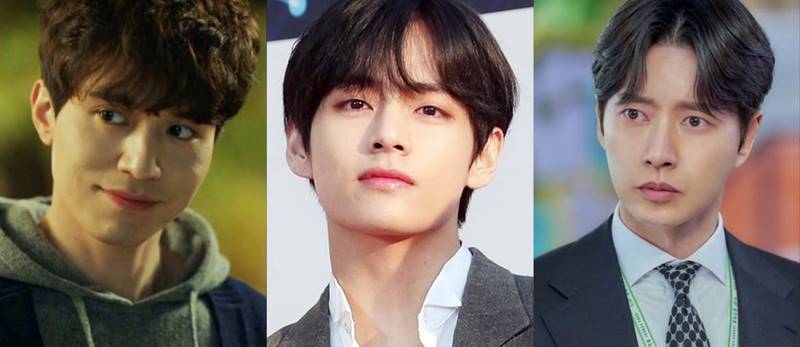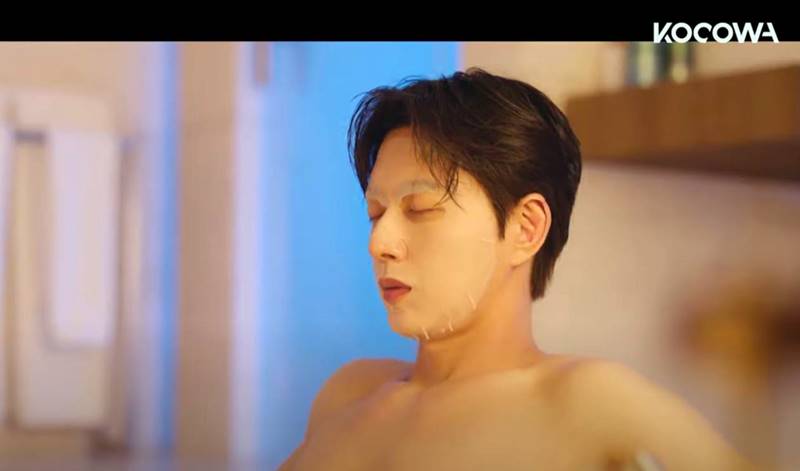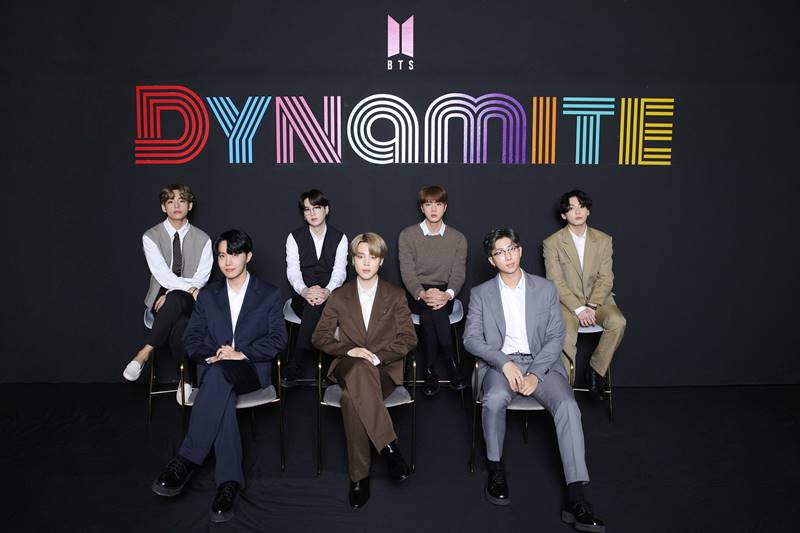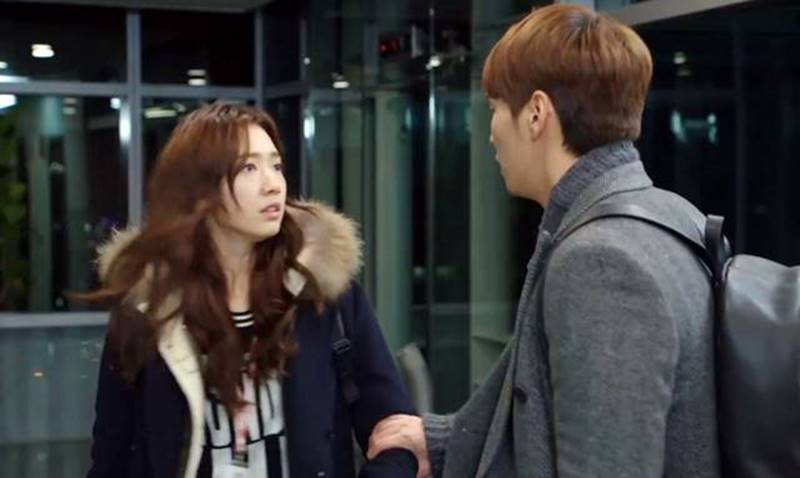
By Jae-Ha Kim
Kocowa.com
November 28, 2020
With the growing interest in Korean entertainment, there are many new fans of K-pop and K-dramas who sometimes idealize what they see. Much of it is all in good fun. But some of it can be problematic, especially when people who aren’t Korean try to stereotype an entire country based on their favorite actor or music idol.
In this post, we will address some of the common questions readers have submitted over the past year.
DO KOREAN MEN WEAR MAKEUP?

Like Western entertainers, Korean male celebrities do indeed wear cosmetics to accentuate their features for the screen. However, the average Korean man isn’t going to work wearing a full face of foundation, lipstick and eye makeup. What is true, though, is that the average Korean (regardless of gender) takes care of their skin. In “Kkondae Intern,” Park Hae-Jin‘s meticulous skincare routine was depicted as a normal part of life. According to a survey by GlobalData, about 85% of Korean men treat themselves to facials (which could be as simple as applying at-home masks) and visits to hair salons.
HOW MANY KOREAN MEN LOOK LIKE BTS?

A few … if the Korean men you’re talking about are their fathers or brothers. But ask yourself this: Do British men look like Harry Styles? Do American males look like Michael B. Jordan? Does half of the Canadian population look like Keanu Reeves? See how silly it sounds when you put it into a worldwide perspective? But enough Koreans have heard this question — even in jest — that Korean men joke that tourists will be disappointed if they visit Seoul. Why? Because Korean men look more like they do than the members of BTS. In other words, these perfect-looking idols and actors like Park Seo-Jun and Park Bo-Gum are unique unicorns that few humans can ever match in reality. That said, it’s also true that many good-looking men work at high-end stores and cafes, because their looks do draw in customers.
ARE KOREAN MEN AS ROMANTIC AS K-DRAMA CHARACTERS?

Yes and no, but in the same way that Western men are as romantic (or not) as the characters they portray. They do reflect some of the traits of society, which includes romantic overtures. But they also display some problematic issues — a tendency to dominate over women — that are passed off as caring and love. Even in K-dramas such as “Coffee Prince” — which beautifully dealt with gender issues — Gong Yoo‘s character isn’t above roughly grabbing Yoon Eun-Hye‘s wrist to keep her from walking away.
“The emotionality of many male protagonists in K-dramas, signified through prolonged and repeated crying scenes, places them outside normative representations of masculinity as codified in English-language dramas,” said Dr. Colette Balmain — a senior lecturer in film and media and communications at Kingston University in London — in an interview with KOCOWA. “However, this emotionality is often undermined by their aggressive dominance, signified by the wrist grab, often followed by a forced kiss. This reassertion of active masculinity is visually expressed through the use of the close up shot during kiss scenes, which shows the female lead on tiptoes as an adjustment for their height differences. This visual dominance serves to reinforce normative gender relations.”
Here’s hoping this post answered some of your questions about Korean men. Let’s leave the stereotypes for K-dramas.
One thought on “What are Korean Men Really Like in Real Life?”